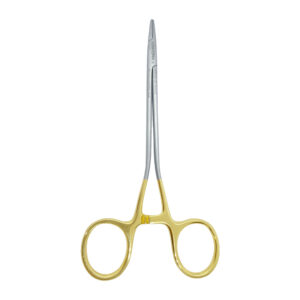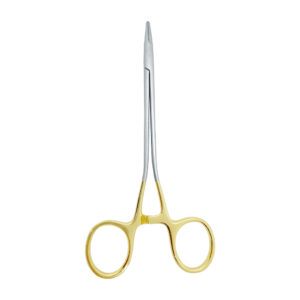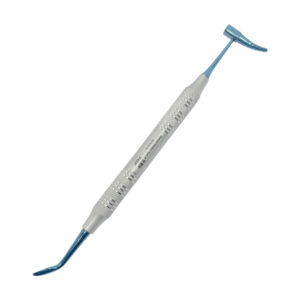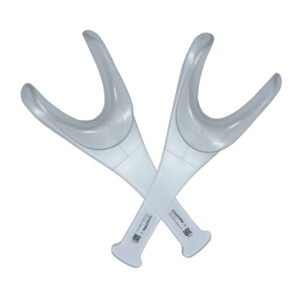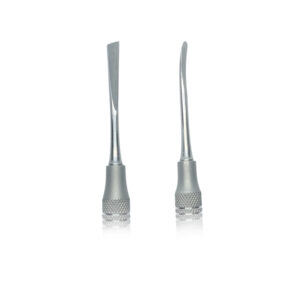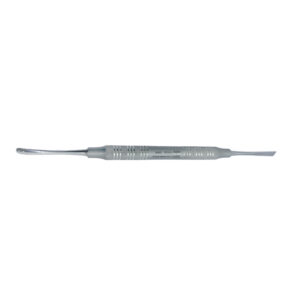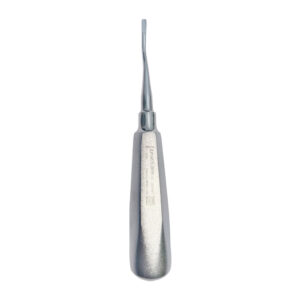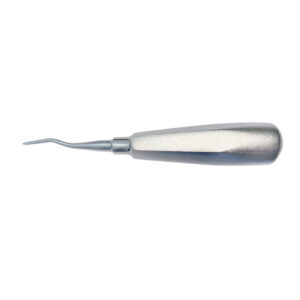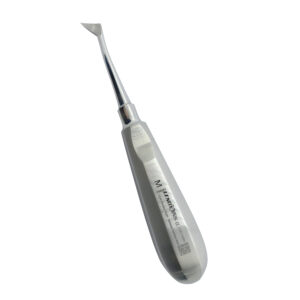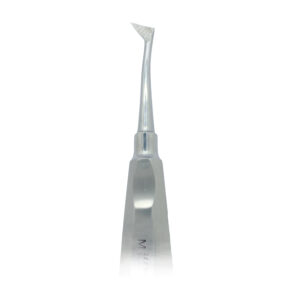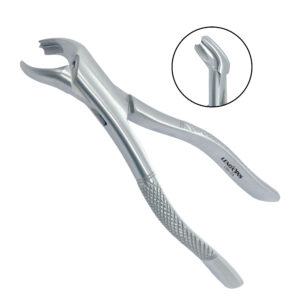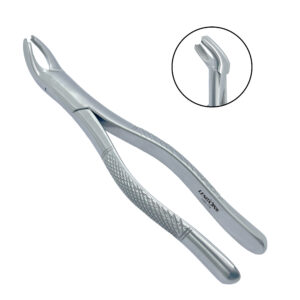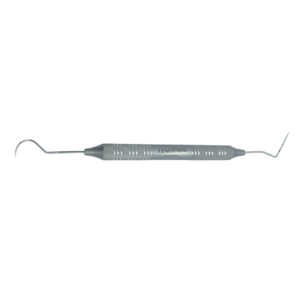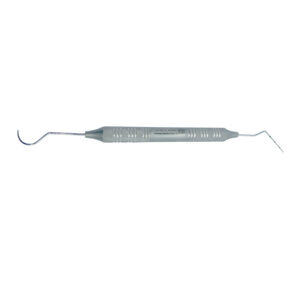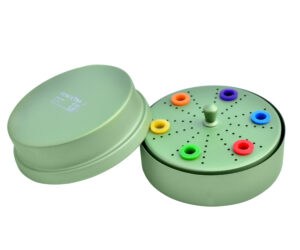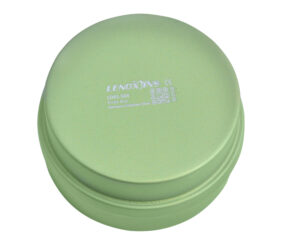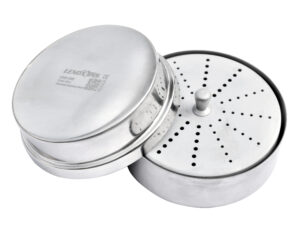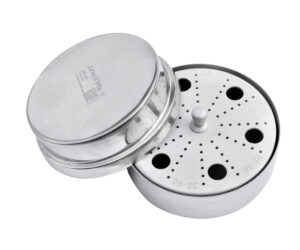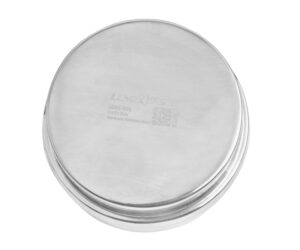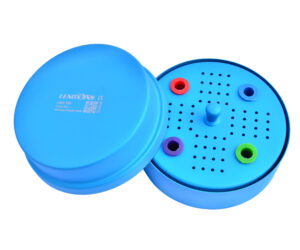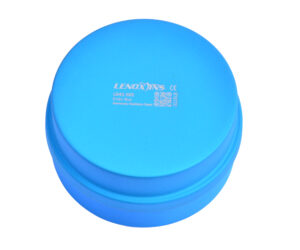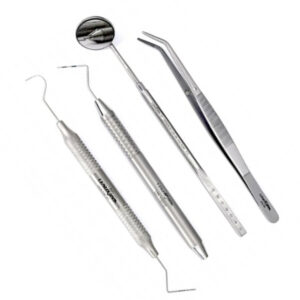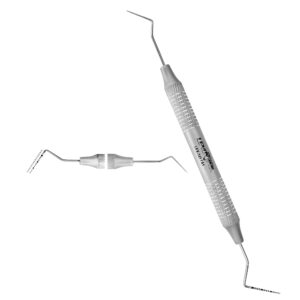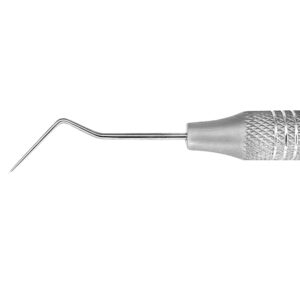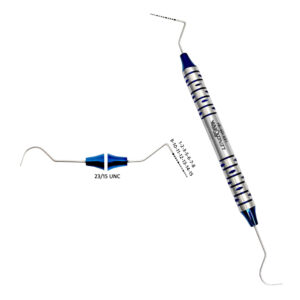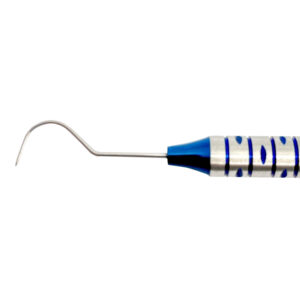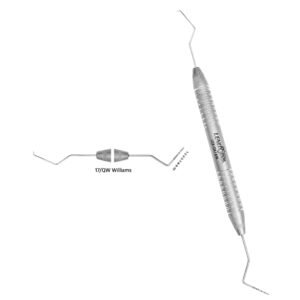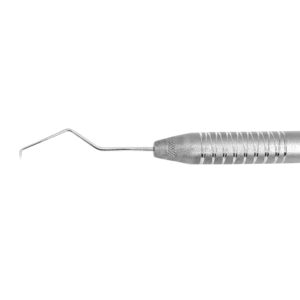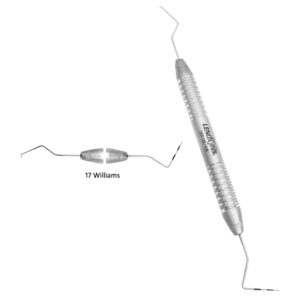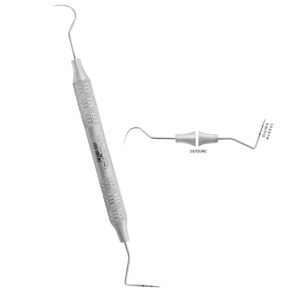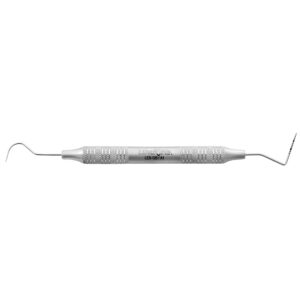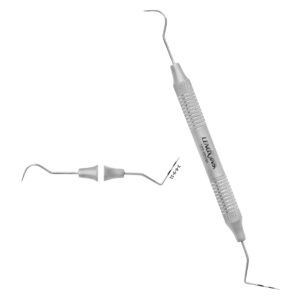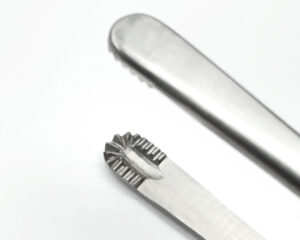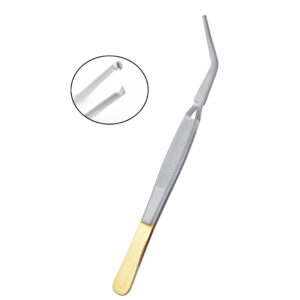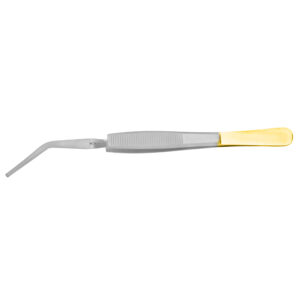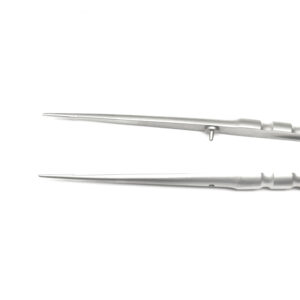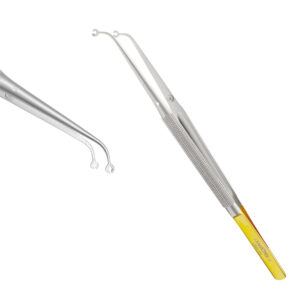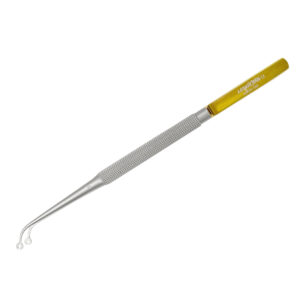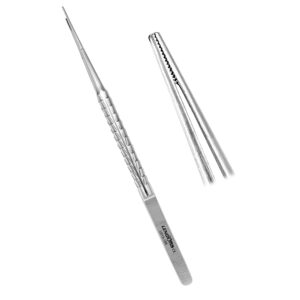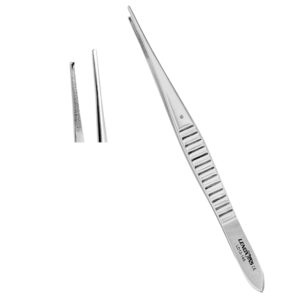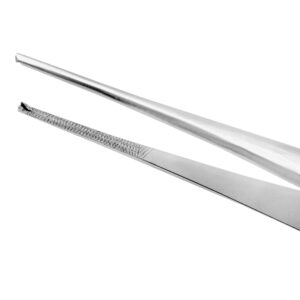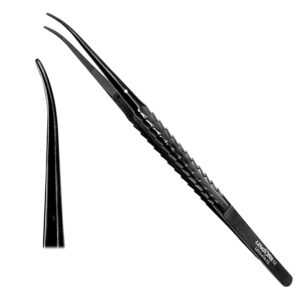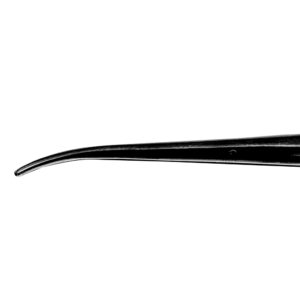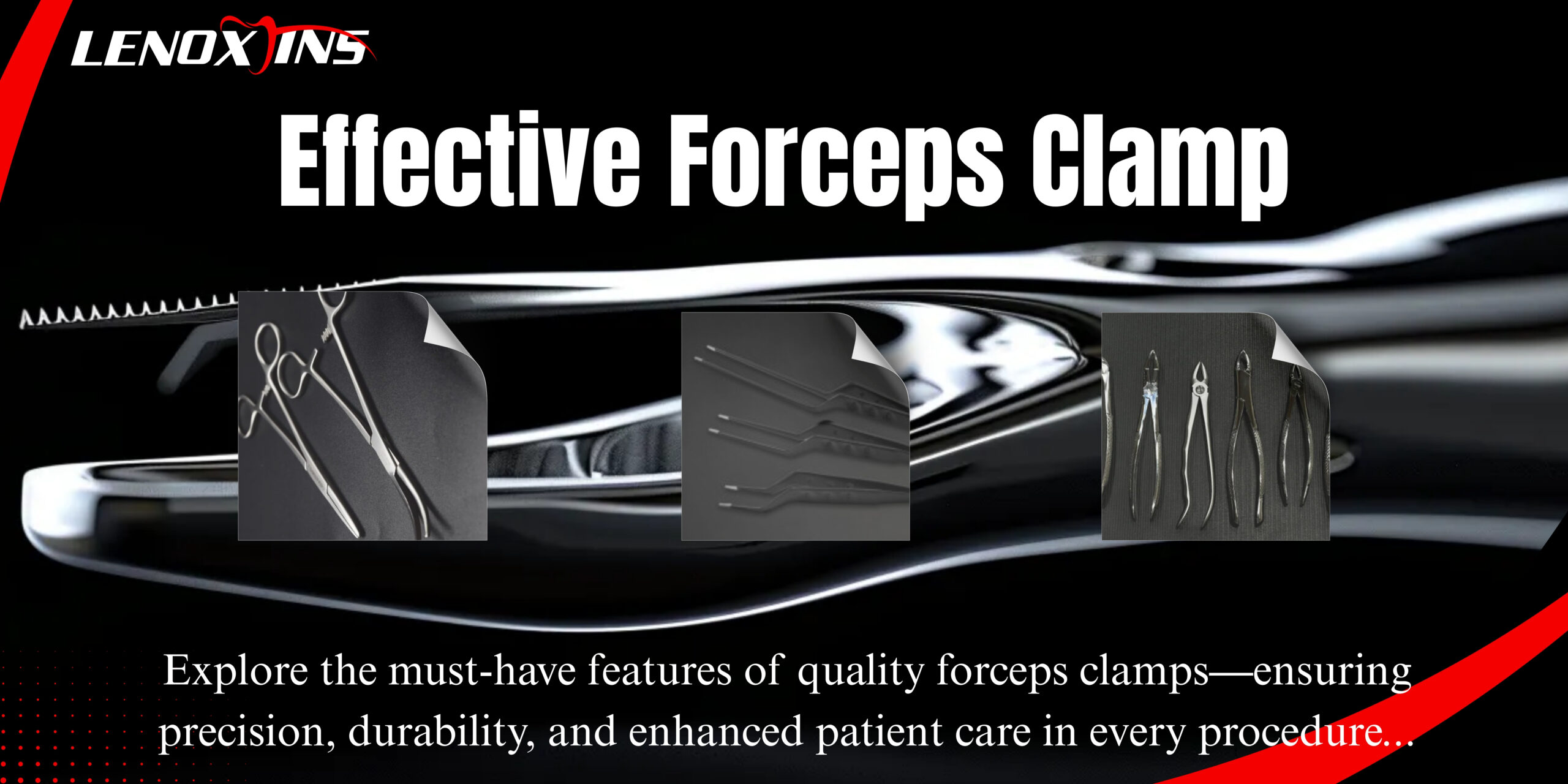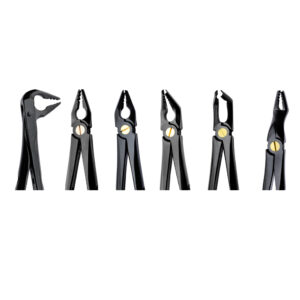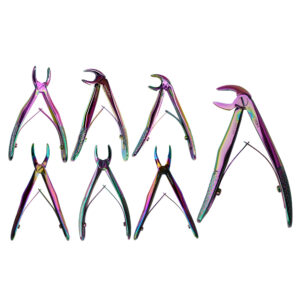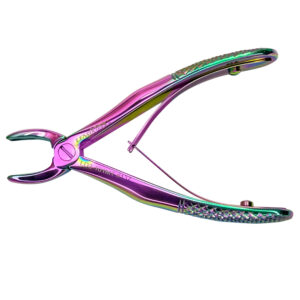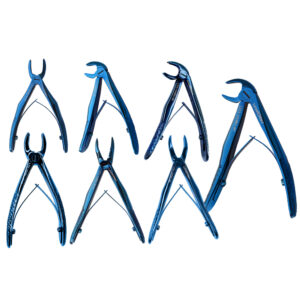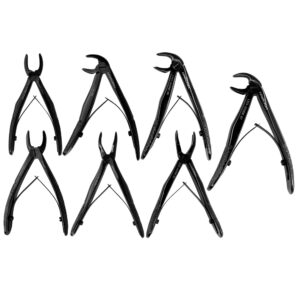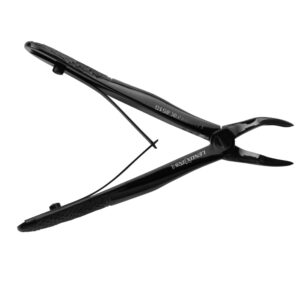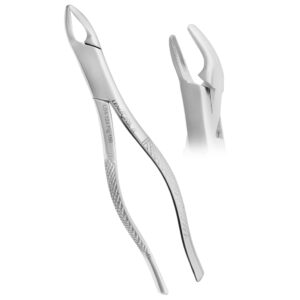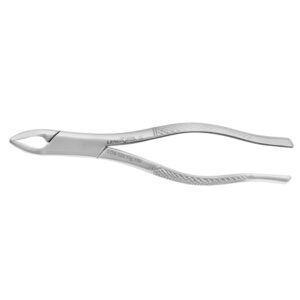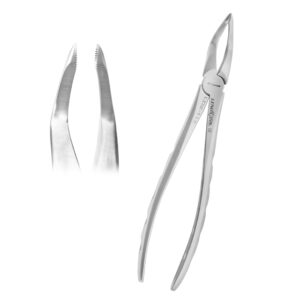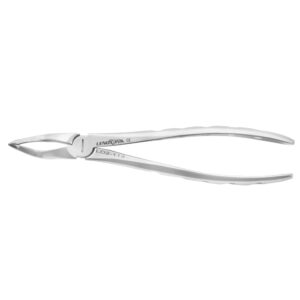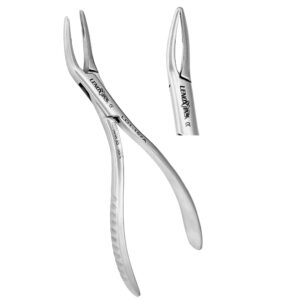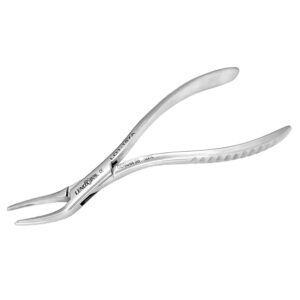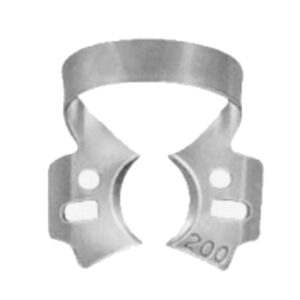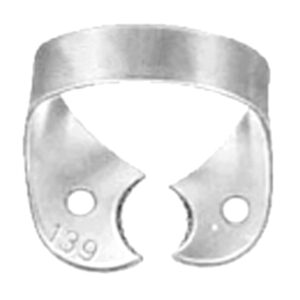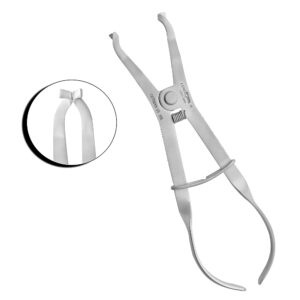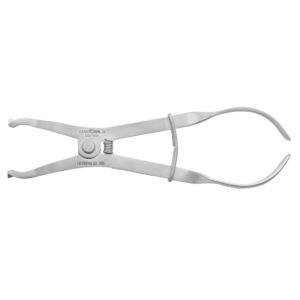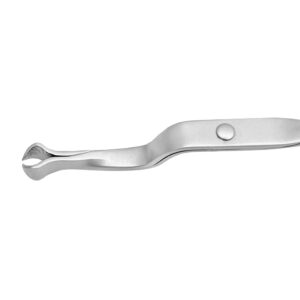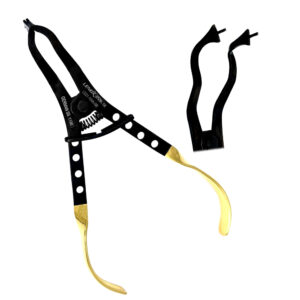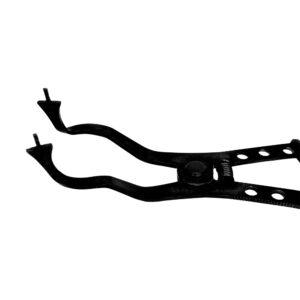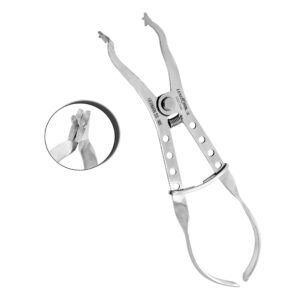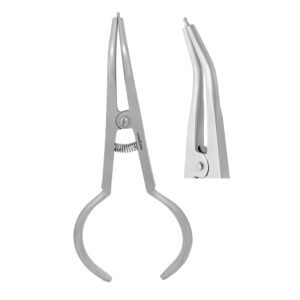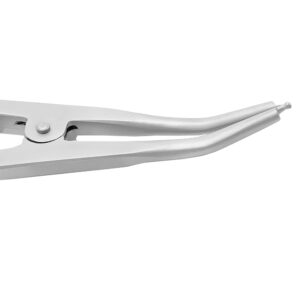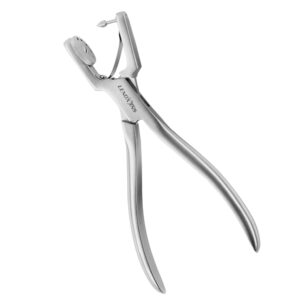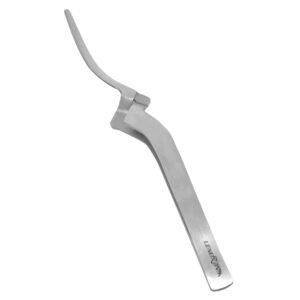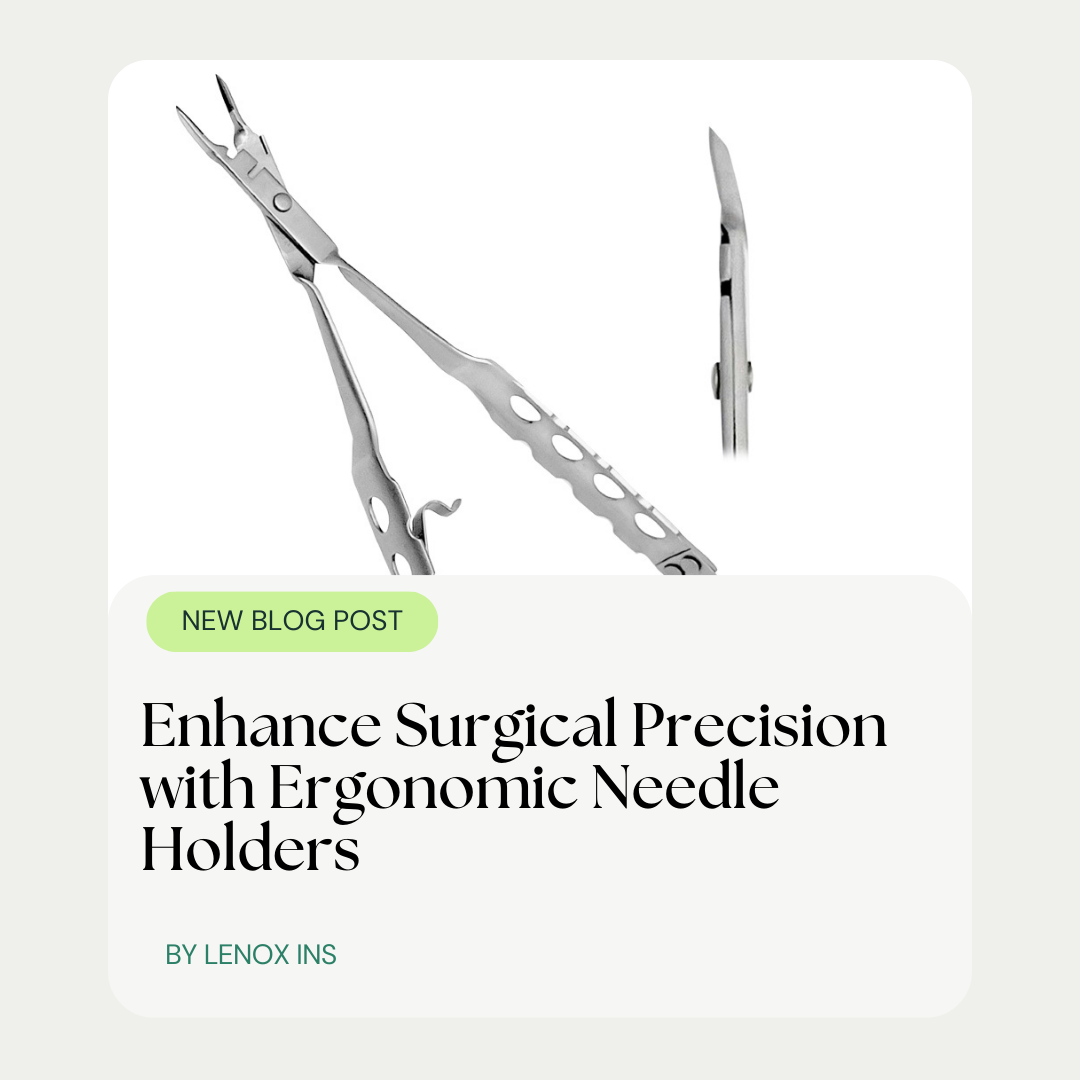International Dental Show 2025: Future of Dentistry Unveiled
- Posted March 21, 2025
- by elizabet.hcolly.more
Upcoming Dental Show 2025: What to Expect & Why You Can’t Miss It!
Are you struggling to find reliable sources for the latest dental technologies? The Upcoming Dental Show 2025 provides a platform to address this need by presenting new products, expert insights, and detailed industry sessions. The post explains key highlights at the event and offers strategies for maximizing every opportunity during your visit. Dentists and medical professionals stand to gain valuable information that simplifies decision making and promotes better patient care.
Key Takeaways
- advanced dental instruments are on display with practical application demonstrations
- live sessions show technical insights from experienced industry experts
- professionals are offered networking opportunities with leading dental equipment manufacturers
- detailed demonstrations focus on integrating high performance tools in clinical workflows
- the event validates quality standards with case studies and customer feedback
Introduction to the Event
The International Dental Show 2025 presents a unique opportunity for professionals to witness advanced dental surgical tools designed for improved treatment outcomes. The show features displays that highlight innovative dental products, including Top deals Dental Accessories, proven to support modern practices. The agenda includes demonstrations that emphasize Lenox Instruments quality standards. Attendees can Connect with Lenox and explore the List of exhibitors. For more details, check the Event Pricing Info or Apply for a seat at the event.
Attendees of the international dental show 2025 can expect live sessions that showcase industry-leading dental tools in real-time. The sessions also cover the application of surgical instruments for dentists, providing practical and technical insights. A comprehensive list of exhibitors will allow participants to see firsthand how these products meet high performance criteria.
The international dental show 2025 offers a platform where manufacturers exhibit advanced dental surgical tools with proven reliability. Experts discuss the development of innovative dental products that push the frontiers of modern dentistry. The demonstrations also highlight how lenox instruments’ quality standards guide product excellence. Attendees can connect with lenox, apply for a seat at the event, and view the list of exhibitors.
Exhibitors present industry-leading dental tools and top deals dental accessories that address daily challenges in dental practices. The forum includes case studies on the effective use of surgical instruments for dentists. A list of exhibitors is available for attendees. The sessions aim to train professionals in achieving improved patient outcomes while maintaining high service standards. Interested professionals can apply for a seat at the event.
Attendees will gain valuable knowledge on integrating advanced dental surgical tools into their workflows. The presentations emphasize the benefits of using innovative dental products regularly in clinic settings. Engagement focuses on maintaining adherence to lenox instruments quality standards throughout clinical procedures. Don’t miss the international dental show 2025 and connect with lenox. Check the list of exhibitors for more information.
Dental Surgical Products
-
Needle Holder, Fine Swedish Pattern, 15cm
Rated 0 out of 5CA$190Discover the Needle Holder, Fine Swedish Pattern, 15cm by Lenox Instruments, featuring tungsten carbide inserts for secure needle grip in delicate suturing procedures. -
Bone Condenser Spoon
Rated 0 out of 5CA$50Discover the Bone Condenser Spoon by Lenox Instruments, a dual-ended surgical tool for transferring and compacting bone graft material. Ideal for sinus lifts, ridge augmentation, and implant site preparation. -
Box of 10sets- Single Ended Cheek Retractors Plastic (Set of 2) Reusable
Rated 0 out of 5CA$150Discover the Single Ended Cheek Retractors Plastic (Set of 2) by Lenox Instruments, designed for optimal visibility and patient comfort during dental procedures. -
Single Ended Cheek Retractors Plastic (Set of 2) Reusable
Rated 0 out of 5CA$20Discover the Single Ended Cheek Retractors Plastic (Set of 2) by Lenox Instruments, designed for optimal visibility and patient comfort during dental procedures. -
Periosteal 24G – Precision Surgical Instrument
Rated 0 out of 5CA$50Discover the Periosteal 24G by Lenox Instruments, a professional surgical instrument designed for reflecting and retracting mucoperiosteal tissue during dental procedures. Trusted by professionals in Canada, USA, UK, Australia, and Europe. -
E93 Elevator – Dental Extraction Instrument
Rated 0 out of 5CA$50Discover the E93 Elevator by Lenox Instruments, a professional dental instrument designed for effective loosening of teeth during extractions. Trusted by professionals in Canada, USA, UK, Australia, and Europe. -
Medium Cryer Elevator Right
Rated 0 out of 5CA$50Discover the Medium Cryer Elevator Right by Lenox Instruments, a professional dental instrument designed for effective loosening of teeth during extractions. Trusted by professionals in Canada, USA, UK, Australia, and Europe. -
Extra Small Cryer Elevator Right
Rated 0 out of 5CA$50Discover the Extra Small Cryer Elevator Right by Lenox Instruments, a professional dental instrument designed for effective loosening of teeth during extractions. Trusted by professionals in Canada, USA, UK, Australia, and Europe.
Why This Event Matters for the Industry
The upcoming dental summit unites experts focused on enhancing patient care with dental tools, showcasing the latest techniques and equipment. Attendees can browse the list of exhibitors and take advantage of top deals dental accessories. The event directly supports efforts for business expansion in dentistry, making it a key networking opportunity to connect with Lenox.
Industry specialists exhibit Precision Dental Instruments that offer improved performance and reliability during clinic procedures at the International Dental Show 2025. Attendees can connect with Lenox and view the list of exhibitors to experience practical demonstrations to better understand instrument functions and integration in modern practices.
Key sessions on dental marketing strategies provide actionable insights for practice growth, reinforcing the significance of the international dental show 2025. Professionals gain knowledge to optimize treatment protocols and operational efficiency. Attendees can explore the list of exhibitors and take advantage of top deals dental accessories.
The event emphasizes a strategic approach to enhancing patient care with dental tools and innovative processes. Attendees can apply for a seat at the event to access top deals dental accessories. Industry leaders present case studies that outline successful business expansion in dentistry, showcased in the list of exhibitors.
Thought leaders at the summit detail the impact of precision dental instruments on clinical performance, ensuring a comprehensive understanding of new trends. The dental marketing strategies showcased at the international dental show 2025 offer practical methods for increasing patient trust and operational success. Attendees can access the list of exhibitors and event pricing info, as well as apply for a seat at the event.
Key Highlights to Look Forward To
Attendees will observe the Lenox Instruments booth, showcasing cutting-edge devices designed for precision-guided dental surgeries. Don’t miss top deals dental accessories. The presentation emphasizes practical applications and reliability in clinical settings. Connect with Lenox at the International Dental Show 2025.
Participants at the event will witness a range of dentistry innovations 2025, offering new solutions for improved patient care. Apply for a seat at the event to explore the list of exhibitors. The showcased products reflect recent advances in dental technology, including top deals dental accessories.
Spectators will gain insights from top dental conferences integrated within the International Dental Show 2025, presenting a comprehensive view of modern practices. The event showcases dental accessories and provides a list of exhibitors. It serves as a resource for professionals seeking updated technical knowledge.
The show accurately represents trending dental events like the international dental show 2025, attracting industry experts who can view the list of exhibitors and exchange ideas on progressive dental approaches. The forum fosters a deeper understanding of modern instrument applications and provides top deals dental accessories.
The innovation on display at the international dental show 2025 will benefit practices with precision-guided dental surgeries emphasized during live demonstrations. A list of exhibitors and event pricing info will be available. The focus remains on providing practical benefits and current practices for dental professionals.
Diagnostic Instruments
-
Extracting Forceps Fig. 17 Lower Molars
Rated 0 out of 5CA$95Discover the Extracting Forceps Fig. 17 by Lenox Instruments, designed for efficient and atraumatic extraction of lower 1st and 2nd molars. Crafted from German stainless steel with T/C inserts for superior grip and durability. -
Exprobes 23/15 UNC – Precision Diagnostic Instrument
Rated 0 out of 5CA$20Discover the Exprobes 23/15 UNC by Lenox Instruments, a professional dental instrument designed for efficient caries detection and periodontal assessment. Trusted by professionals in Canada, USA, UK, Australia, and Europe. -
Endo Organizer Box – Green – Premium Endodontic Instrument
Rated 0 out of 5CA$70Discover the Endo Organizer Box - Green by Lenox Instruments, a premium tool crafted to efficiently store and sterilize endodontic files. Trusted by dental professionals in Canada, USA, UK, Australia, and Europe. -
Endo Organizer Box – Premium Endodontic Instrument
Rated 0 out of 5CA$60Discover the Endo Organizer Box by Lenox Instruments, a premium tool crafted to efficiently store and sterilize endodontic files. Trusted by dental professionals in Canada, USA, UK, Australia, and Europe. -
Endo Organizer Box – Premium Endodontic Instrument
Rated 0 out of 5CA$60Discover the Endo Organizer Box by Lenox Instruments, a premium dental instrument crafted for precision in organizing and sterilizing endodontic files. Trusted by dental professionals in Canada, USA, UK, Australia, and Europe. -
Endo Organizer Box – Blue – Premium Dental Instrument
Rated 0 out of 5CA$70Discover the Endo Organizer Box - Blue by Lenox Instruments, a premium dental instrument crafted for precision in organizing and sterilizing endodontic files. Trusted by dental professionals in Canada, USA, UK, Australia, and Europe. -
3CH / 15 UNC Explorer Probe Double Ended – Premium Dental Surgical Instrument
Rated 0 out of 5CA$20Discover the 3CH / 15 UNC Explorer Probe Double Ended by Lenox Instruments. High-quality dental surgical instrument for precision diagnostics and periodontal evaluation. Durable, ergonomic, and versatile. Shop now! -
Basic Dental Exam Set – Includes 4 Instruments – Premium Dental Surgical Kit by Lenox Instruments
Rated 0 out of 5CA$70Discover the Basic Dental Exam Set - Includes 4 Instruments by Lenox Instruments. Premium stainless steel dental kit designed for precision diagnostics and durability. Ideal for dental professionals worldwide. Shop now!
Lenox Instruments at the Event
Lenox Instruments demonstrates its commitment to building trust in dental industry with dependable technology and service. The company showcases its unique strengths through advanced dental devices and dental accessories. Connect with lenox at Relevant Events like the international dental show 2025.
Experts highlight More Informative Topics during live sessions, emphasizing clear, practical applications. Attendees appreciate the direct showcase of innovative techniques.
Visitors receive valuable insights from customer reviews for Lenox Instruments displayed at the booth. These reviews affirm consistent performance and reliability during procedures.
Industry experts provide dental professional recommendations during discussions on clinical applications. Their insights offer guidance on integrating top-tier instruments into practices.
The focus remains on dentist-approved dental instruments that meet stringent clinical standards. Professionals recognize the practical benefits of using these devices in patient care.
How to Make the Most of Your Visit
Visitors can network with representatives of leading dental brands and gain practical knowledge on innovative treatment options.
Professionals are encouraged to engage with exhibitors offering durable dental equipment trusted by surgeons during live product sessions.
Attendees will have the opportunity to understand why choose Lenox Instruments through detailed demonstrations and expert presentations:
- Interact with industry experts
- Attend hands-on product sessions
- Review high-ranking dental content
The event provides a platform to explore cutting-edge dental tools, featuring clear displays and technical discussions that meet clinical demands.
Participants benefit from networking opportunities and practical case studies designed to improve daily clinical outcomes.
Dental Ex-Probes
-
Exprobes 23/15 UNC – Precision Diagnostic Instrument
Rated 0 out of 5CA$20Discover the Exprobes 23/15 UNC by Lenox Instruments, a professional dental instrument designed for efficient caries detection and periodontal assessment. Trusted by professionals in Canada, USA, UK, Australia, and Europe. -
3CH / 15 UNC Explorer Probe Double Ended – Premium Dental Surgical Instrument
Rated 0 out of 5CA$20Discover the 3CH / 15 UNC Explorer Probe Double Ended by Lenox Instruments. High-quality dental surgical instrument for precision diagnostics and periodontal evaluation. Durable, ergonomic, and versatile. Shop now! -
DG16 / 15 UNC Explorer Probe – Precision Dental Surgical Instrument
Rated 0 out of 5CA$20Explore the DG16 / 15 UNC Explorer Probe by Lenox Instruments. Premium dental surgical tool combining precision diagnostics and periodontal evaluation. Stainless steel, ergonomic design, versatile double-ended instrument. Shop now! -
Explorer – Probe 23/15UNC Double Ended – Precision Dental Surgical Instrument
Rated 0 out of 5CA$23Discover the Explorer - Probe 23/15UNC Double Ended by Lenox Instruments. Premium dental surgical instrument combining precision diagnostics and periodontal assessments. Durable and ergonomic design. Shop now! -
17/QW Williams Probe – Explorer Double Ended – Precision Dental Surgical Instrument
Rated 0 out of 5CA$20Explore the 17/QW Williams Probe - Explorer Double Ended by Lenox Instruments. A high-quality dental surgical instrument for diagnostics and periodontal precision. Durable, ergonomic, and versatile. Shop now! -
Explorer – Probe Double Ended, 17 / Williams – Precision Dental Diagnostic Instrument
Rated 0 out of 5CA$20Discover the Explorer - Probe Double Ended, 17 / Williams by Lenox Instruments. High-quality dental diagnostic instrument for precise endodontic and periodontal examinations. Premium stainless steel, ergonomic design, and versatile use. Shop now! -
23/12UNC Explorer & Probe Double Ended – Precision Dental Surgical Instrument
Rated 0 out of 5CA$20Discover the 23/12UNC Explorer & Probe Double Ended by Lenox Instruments. A premium dental surgical instrument for diagnostics and periodontal precision. Durable, ergonomic, and versatile design. Shop now! -
23 / Williams Probe Explorers & Probes Double Ended – Precision Dental Surgical Instrument
Rated 0 out of 5CA$20Discover the 23 / Williams Probe Explorers & Probes Double Ended by Lenox Instruments. Premium dental surgical instrument for diagnostics and periodontal evaluations. Stainless steel, ergonomic design, and precision tips. Shop now!
Final Thoughts & Call to Action
The upcoming dental exhibition provides an opportunity to learn about dental surgical kits and the latest customized dental instruments, making it an event worth attending. Professionals can gain expert insights and learn dental networking best practices during this show.
The show offers a platform to get expert advice on dental instruments and observe live demonstrations featuring advanced technology. Prospective participants can sign up for exclusive offers on products that improve clinical performance.
The event highlights the role of customized dental instruments in modern practices and encourages attendees to embrace practical solutions. Industry representatives share dental networking best practices for meaningful professional connections.
Professionals benefit from detailed sessions on dental surgical kits and other advanced products that drive clinical success. The platform allows participants to sign up for exclusive offers and access targeted industry insights.
Live demonstrations provide valuable opportunities to get expert advice on dental instruments and refine treatment protocols. Attendees leave with actionable knowledge and innovative ideas that support daily clinical operations.
Frequently Asked Questions
When and where is the upcoming dental show scheduled?
The upcoming dental show is set for March 15-17, 2024, located in Chicago, IL. The event will draw dental professionals and industry experts to share insights and latest innovations.
Lenox Instruments will participate actively in this event, offering practical demonstrations and technical expertise. Attendees can expect valuable sessions relevant to dental practice advancements and market trends.
Who benefits most from attending the dental event?
Dental professionals and clinical teams gain practical insights on innovative treatment methods and case studies at the event. Peer interaction and expert-led dialogues build expertise, allow skill improvement, and refine diagnostic techniques tailored for modern oral healthcare.
Medical professionals in dental settings benefit through exposure to updated equipment and trends. The event fosters discussions on procedural efficiencies, patient safety, and compliance, ensuring participants maintain high standards in comprehensive dental services.
What industry highlights will be featured during the show?
The show will display distinct dental innovations, best practices for patient care, and improvements in clinical technology designed to boost operational efficiency.
Attendees can expect sessions on regulatory compliance and advanced treatment strategies. These gatherings offer valuable insights for professionals seeking to refine their practice and adopt modern methodologies.
How does Lenox Instruments participate in the event?
Lenox Instruments actively participates in the event by showcasing state-of-the-art dental equipment and technology. Their booth offers technical demonstrations and detailed discussions to inform dental professionals about the latest product innovations.
Company representatives provide clear, data-backed insights during sessions and one-on-one consultations. Their goal is to support clinical workflows and ensure that dental teams remain well-informed about recent advancements in instrument design and functionality.
What tips optimize the show experience for visitors?
Clear signage, interactive exhibits, and knowledgeable staff ensure a smooth visitor journey, creating an engaging show experience. This organization promotes a well-structured flow, allowing visitors to access relevant information and enjoy each display confidently.
Targeted scheduling, streamlined registration, and ongoing feedback assessments contribute to a satisfying event. Focused event planning and efficient logistics build trust, supporting overall visitor satisfaction and encouraging continued interest among industry professionals.
Conclusion
The International Dental Show 2025 serves as a premier platform for dental professionals to explore cutting-edge surgical tools and innovative techniques. Through live demonstrations and expert-led technical sessions, attendees gain hands-on experience with the latest advancements in precision instruments. This event highlights the crucial role of modern dental technology in optimizing clinical workflows, improving procedural accuracy, and ultimately enhancing patient care. By participating, professionals can stay ahead in an evolving industry and implement transformative solutions in their daily practice.
Dental Chisels
-
Tissue Forceps Russian Pattern 20cm Premium German Stainless Steel – Precision Surgical Instrument
Rated 0 out of 5CA$50Explore the Tissue Forceps Russian Pattern 20cm Premium German Stainless Steel by Lenox Instruments, crafted with circular serrated tips for precision in tissue handling. Trusted by surgical professionals in Canada, USA, UK, Australia, and Europe. -
PRF Tissue Forceps – Precision Dental Surgical Instrument
Rated 0 out of 5CA$40Explore the PRF Tissue Forceps by Lenox Instruments, crafted with fine toothed tips for precision in handling PRF membranes. Trusted by dental professionals in Canada, USA, UK, Australia, and Europe. -
Micro Tissue Forceps, 17cm – Diamond Dust Coated – Precision Surgical Instrument
Rated 0 out of 5CA$90Explore the Micro Tissue Forceps, 17cm - Diamond Dust Coated by Lenox Instruments, crafted with diamond dust-coated tips for precision in micro-surgical procedures. Trusted by surgical professionals in Canada, USA, UK, Australia, and Europe. -
Corn Suture Forceps 17cm Diamond Dust Coated – Precision Surgical Instrument
Rated 0 out of 5CA$90Explore the Corn Suture Forceps 17cm Diamond Dust Coated by Lenox Instruments, crafted with diamond dust-coated tips for precision in suture handling. Trusted by surgical professionals in Canada, USA, UK, Australia, and Europe. -
Cooley Tissue Forceps 18cm EGR Handle – Precision Surgical Instrument
Rated 0 out of 5CA$80Explore the Cooley Tissue Forceps 18cm EGR Handle by Lenox Instruments, crafted with an ergonomic handle for precision in tissue handling. Trusted by surgical professionals in Canada, USA, UK, Australia, and Europe. -
Tissue Forceps 15cm – Precision Surgical Instrument
Rated 0 out of 5CA$30Explore the Tissue Forceps 15cm by Lenox Instruments, crafted with finely serrated tips for precision in tissue handling. Trusted by surgical professionals in Canada, USA, UK, Australia, and Europe. -
Micro Surgical Forceps Tweezers TC 17cm Curved – Precision Surgical Instrument
Rated 0 out of 5CA$90Explore the Micro Surgical Forceps Tweezers TC 17cm Curved by Lenox Instruments, crafted with tungsten carbide tips for precision in micro-surgical procedures. Trusted by surgical professionals in Canada, USA, UK, Australia, and Europe. -
Micro Surgical Forceps 17cm Straight – Precision Surgical Instrument
Rated 0 out of 5CA$90Explore the Micro Surgical Forceps 17cm Straight by Lenox Instruments, crafted with finely serrated tips for precision in micro-surgical procedures. Trusted by surgical professionals in Canada, USA, UK, Australia, and Europe.


